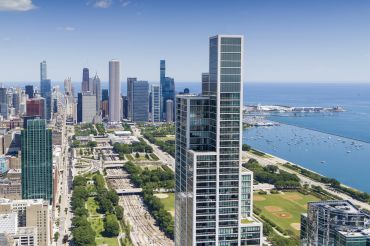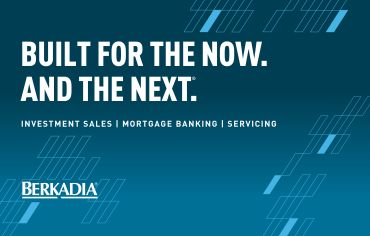If I told you that retail properties in New York City sold at an average price of $1,142 per square foot in 2014 and, thus far in 2015, that average was $900, a rational person would think that retail assets had lost a significant amount of their value.
However, upon closer inspection, we see that retail properties remain a heavily demanded asset class and the market continues to move in a very positive direction for these properties.
The great thing that retail investors always point to is that retail space is ground-floor space and, generally, they are not making any more land on which to create additional ground-floor retail space. Now, this perspective is somewhat myopic as retail uses have become very viable on second and third floors around the city and rezonings from non-retail to retail uses have effectively created more land than once existed (notwithstanding events like the creation of Battery Park, which actually did create additional land). These changes have added to the potential stock of retail space, albeit in a nominal way. Ground-floor retail space remains in very high demand around the five boroughs and values are continuing to climb, in spite of the statistics quoted in the first paragraph of this column.
Given the tremendous rents achieved on retail spaces per square foot, relative to office or residential rents, property values are much more sensitive to changes in retail rents than any other rent levels when trying to correlate property values to rent levels. In truly prime locations, land values can be as much as $300 higher per buildable square foot due to retail space value versus a site at which retail space cannot be incorporated. And sales in the most prime retail locations can be at thousands of dollars per square foot higher than those at properties just a few blocks away. This last point is one of the keys to understanding how, on average, values per foot are down, but the market is performing better and better each month.
If we look at other metrics in the retail property sector, we see that the number of properties sold is on an upward trajectory. In 2014, there were 415 properties sold in the city and currently we are running at a pace of 464 retail properties sold this year, an increase of 12 percent over the prior year. With respect to each of the submarkets, only Brooklyn will not exceed last year’s total. All other submarkets will. Manhattan is up 28 percent, the Bronx is up 45 percent and Northern Manhattan us up 70 percent. This metric is performing very well.
Another key metric is the dollar volume of sales. Here, the numbers are falling short. Through the first half of the year, sales are on pace for about $3.3 billion in sales, 31 percent below last year’s $4.8 billion total. Northern Manhattan and Queens are the only submarkets where the dollar volume is ahead of last year’s pace.
But what about values? Prices per square foot may be down on average, however, capitalization rates are dropping significantly. Thus far in 2015, the average cap rate in the city has been 4.89 percent. This average is 12 percent below the 5.52 percent average last year. The 12 percent compression in cap rates is the largest compression percentage in the market recovered in 2010. Cap rates in Northern Manhattan rose sharply in 2015 to a citywide peak of 6.55 percent. This is the first time in recent memory that the Bronx did not have the highest cap rates. The Bronx registered a 6.43 average cap rate thus far in 2015. Brooklyn registered a 5.73 average cap rate while Queens was at 5.09 percent. Clearly, Manhattan had the lowest cap rates at an average of 3.66 percent thus far in 2015.
The main reason why average prices per square foot are down citywide is because the Manhattan submarket is seeing a tangible drop. In 2014, the average sale occurred at $3,686 per square foot and this year the average has been $2,316. However, in 2014, the number of sales in the most prime locations was much higher than it is today. A few sales at $30,000 or $40,000 per square foot can greatly skew the numbers, which is exactly what happened last year. This year, the value of those properties has risen but, because they haven’t traded hands, the averages are lower. Much lower.
We expect that there will be some record-breaking sales, on a price-per-square-foot basis, later this year. This should pull the average up, but may not be enough to make the average surpass last year’s average. Demand continues to exert upward pressure on values. Look for this trend to continue as the broader market also continues to surge.


